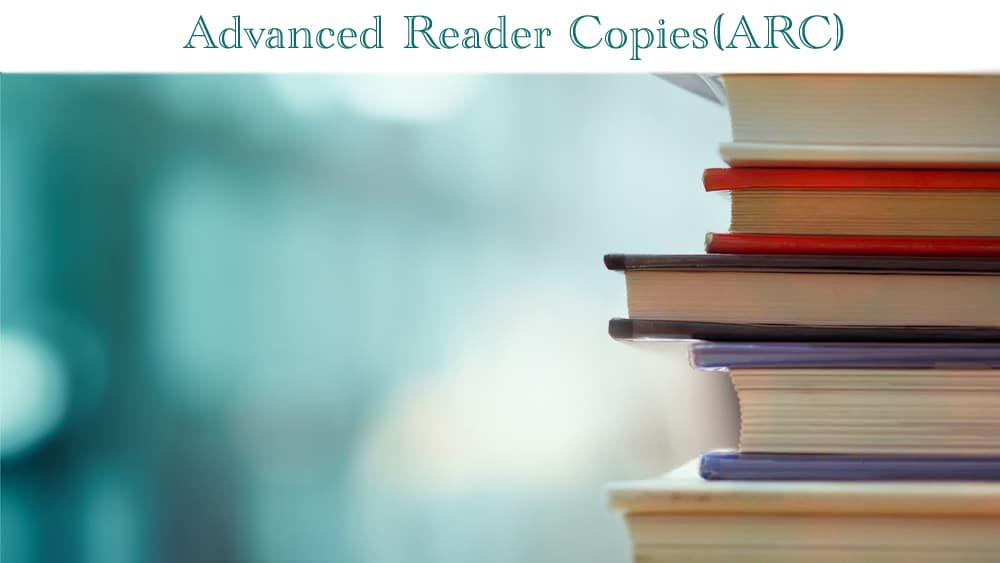There are a few “versions” of a given book that may be part of the writing, editing and self-publishing process, and one of these that’s common among both self-publishers and other forms of publishing is the advanced reader copy, or ARC. What is being referred to when this term is used, and should you be considering the use of an ARC for your upcoming book?
At Izzard Ink, we’re here to help with a wide range of self-publishing solutions, from manuscript assessment (which involves multiple editors looking over your work) to publishing packages, book printing, royalty services and more. What is an advanced reader copy, how do they differ from the final published version of your book, why might you consider utilizing one, and who should receive it if so? Here’s a rundown of all the important areas here.
What is an Advanced Reader Copy?
As its name suggests, an advanced reader copy (ARC) refers to a nearly-finished version of a given book that’s sent out in order to generate early reviews, feedback, awareness and excitement prior to the actual release date. ARCs are generally only made available to a very limited number of individuals who have a vested interest in reading and/or providing feedback on the book in question.
These books are generally not yet available for purchase by the general public, and they may even contain certain typos or areas that have not been through the full editing process just yet. They are usually softcover in nature, as it doesn’t typically make sense to incur the additional cost of a hardcover printing for such a small, limited audience.
Why Consider an Advanced Reader Copy?
Utilizing an ARC can be a great way to build some early buzz and momentum for your book, as you’re able to get it into the hands of people who can help generate reviews, social media posts, word-of-mouth marketing and so on.
It can also help to identify any potential issues that need to be addressed prior to the book’s full release, as you’re able to get feedback from a wider range of people (rather than just relying on your own editing team). This can save you a lot of time, money and hassle down the road.
Who Should Receive an Advanced Reader Copy?
As we mentioned, ARCs are generally only made available to a very limited number of individuals. Typically, at minimum, they will be distributed to what’s known as a book launch team, which is a group of people who have agreed to help promote the book once it’s released.
ARCs may also be sent out to reviewers, media contacts, librarians, bookstore owners/employees and other individuals who may be interested in reading and talking about the book.
Tips for Sending out ARCs
If you’ve decided to print and send out advanced reader copies of your book ahead of time, here are some basic tips for arranging and organizing your send-out:
- Determine number of copies needed: Firstly, you’ll need to determine how many copies you need to print. This number will be determined by the number of people you’re sending them to, as well as any spare copies you may want on hand (just in case).
- Send physical copies: Unless specifically instructed otherwise by the recipient, always send physical copies of your book. This allows the reader to experience it in its entirety, and also makes it easy for them to leave a review or post about it online.
- Include a cover letter: Always include a brief cover letter with each book you send out. This doesn’t need to be more than a page or two, but it should include your contact information, a brief overview of the book, what you’re hoping the recipient will do with it (e.g. leave a review, post about it online, etc.) and any other important details.
- Follow up: After sending out your ARCs, be sure to follow up with each recipient a few weeks later to thank them for their time and to see if they have any feedback or questions. This is also a good time to remind them of anything you’re hoping they’ll do with the book (e.g. leave a review, post about it online, etc.).
Areas to Ask Recipients About
As you send out ARCs, it’s also very important to lay out the kinds of feedback and reviews you’re hoping to get from the recipients. Here are some possible desirable areas here:
- Reader reviews: As we noted above, the simplest and most effective way to promote your book is through reader reviews. These can be posted on Amazon, Goodreads, your personal website/blog, and just about anywhere else online.
- Media attention: In addition to reader reviews, another great way to generate interest in your book is by getting it featured in the media (e.g. newspapers, magazines, blogs, etc.). This can be a bit more challenging to arrange, but if you have any personal connections in the media it’s definitely worth reaching out.
- Blurbs: Blurbs are brief endorsements of a book, typically found on the back cover or inside flap. They’re generally written by well-known and respected authors, reviewers or other public figures, and can be very helpful in convincing potential readers to pick up your book. In many cases, an ARC is a great way to connect with prominent people who might consider writing a blurb for the book.
For more on advanced reader copies of a book and whether you should consider this as an approach, or to learn about any of our self-publishing resources or programs, speak to the team at Izzard Ink today.







